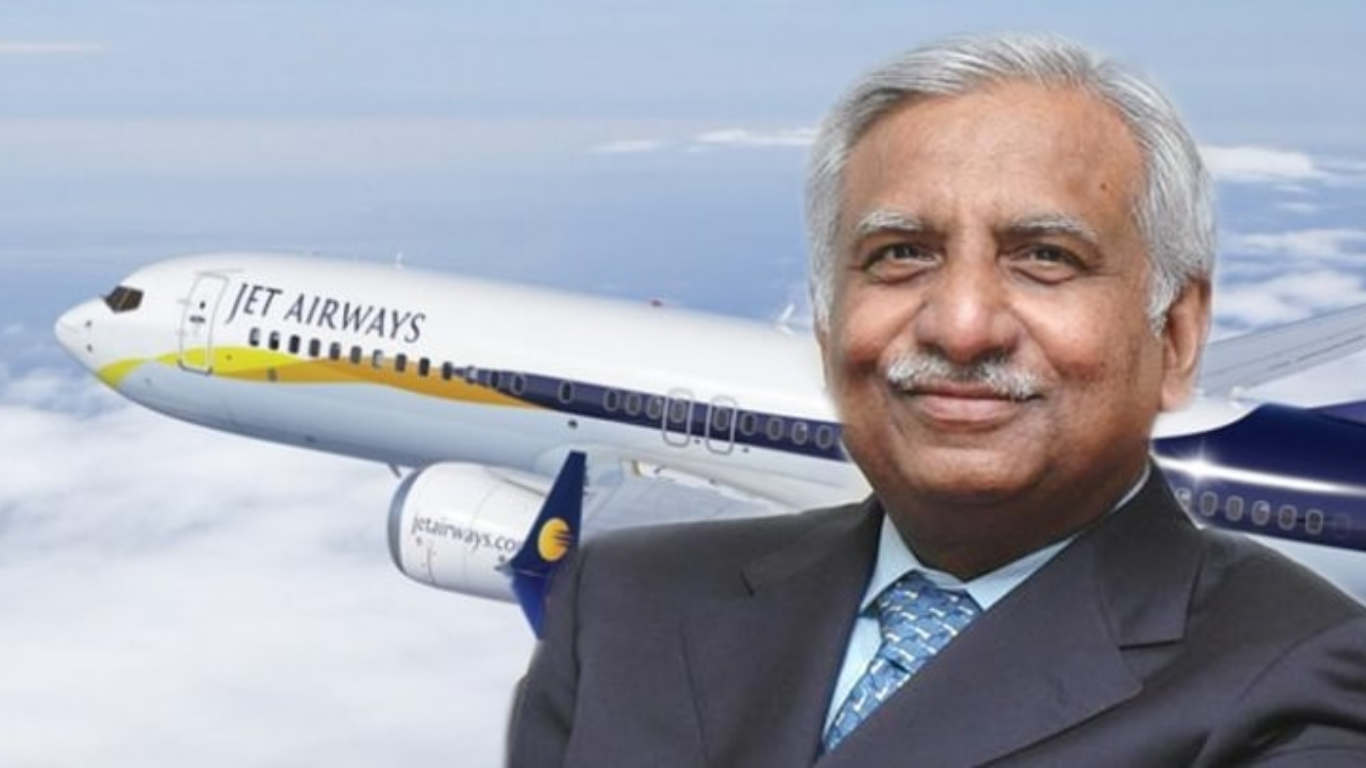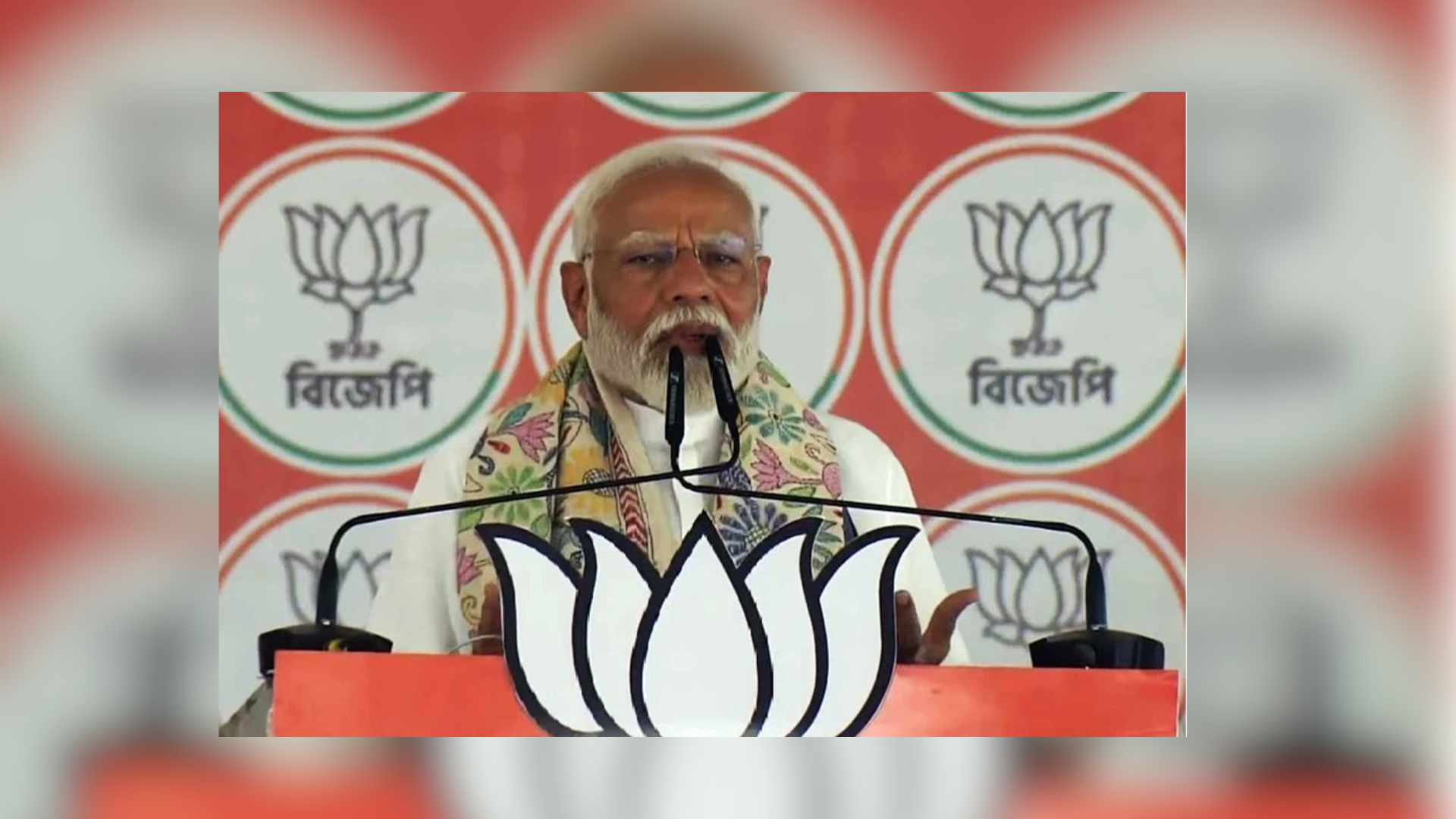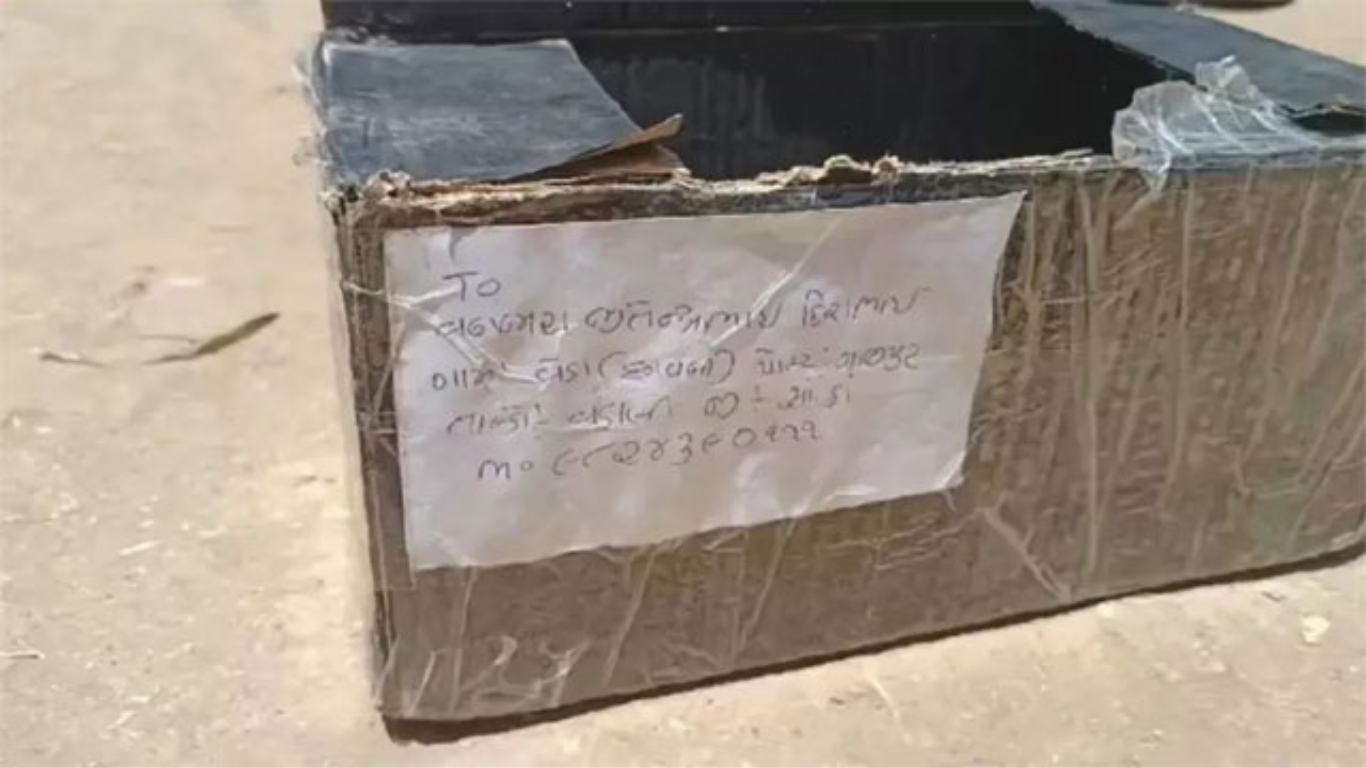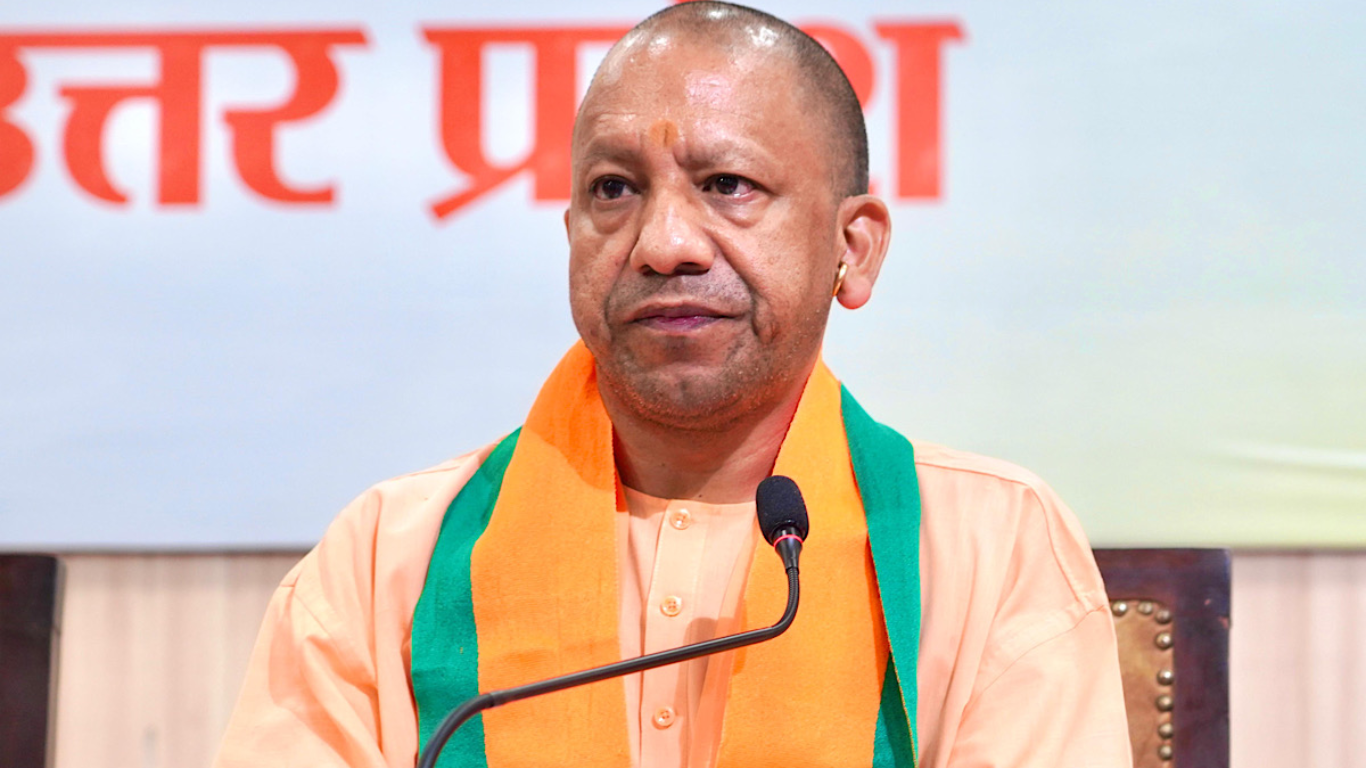



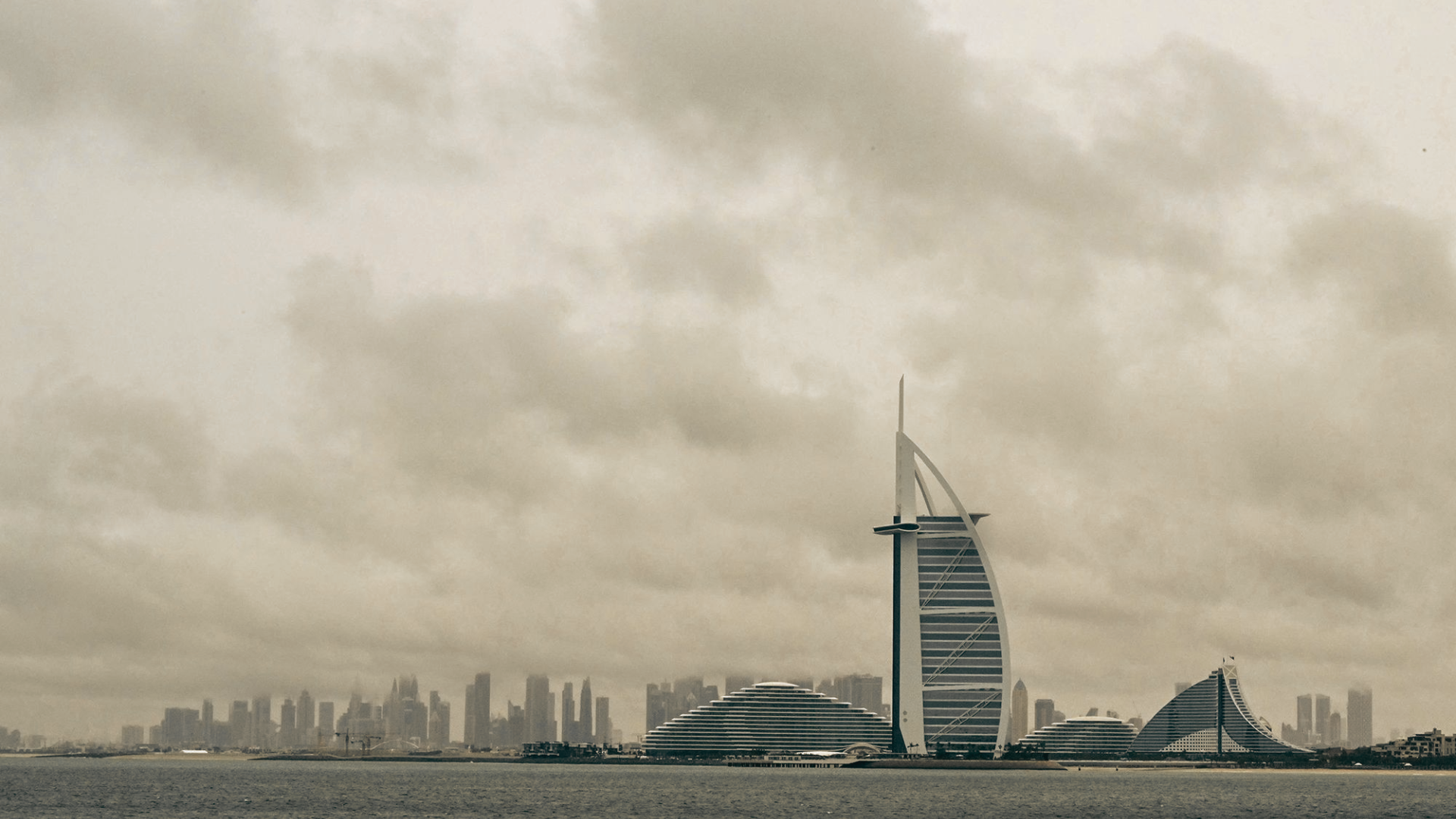
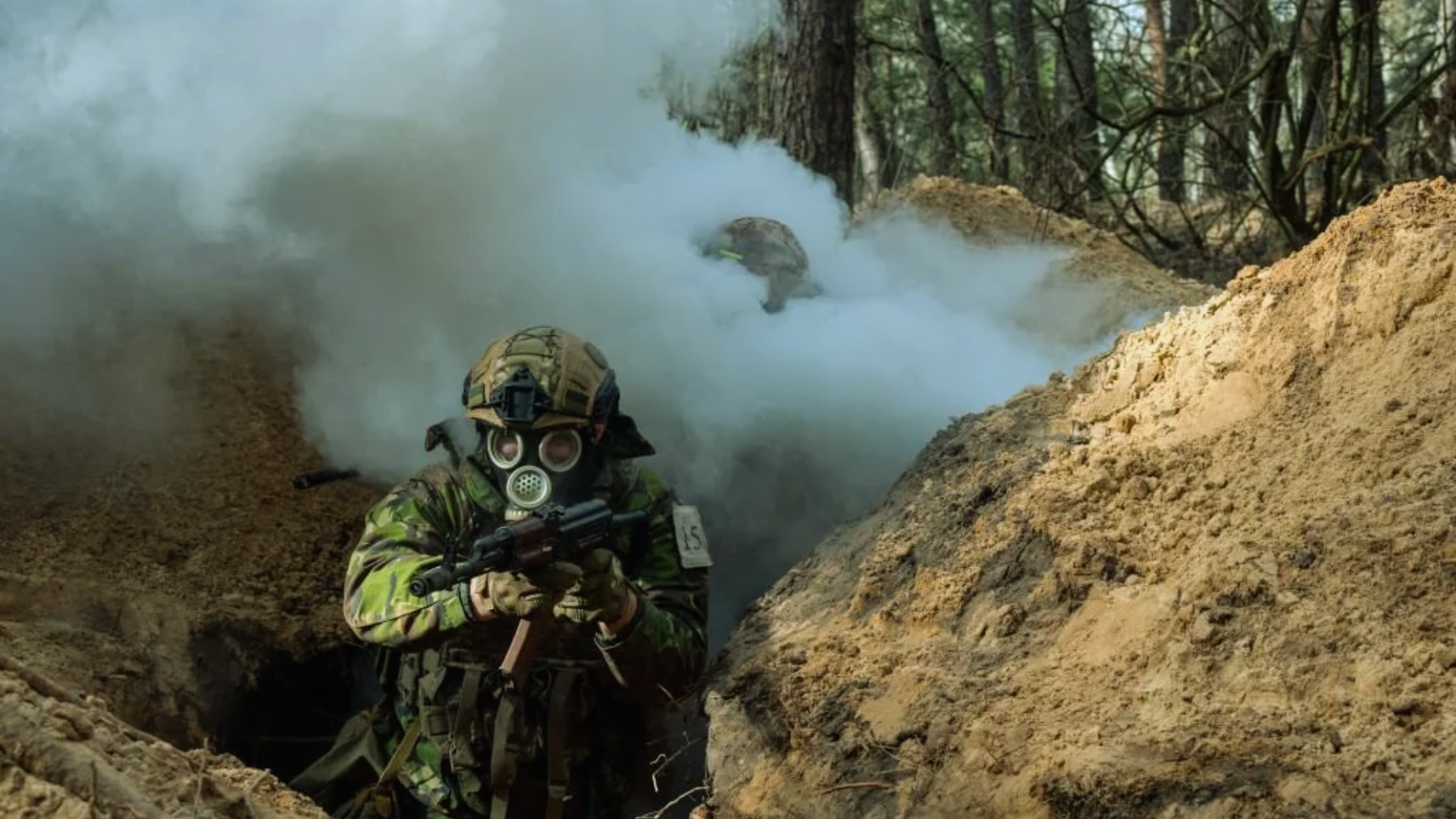
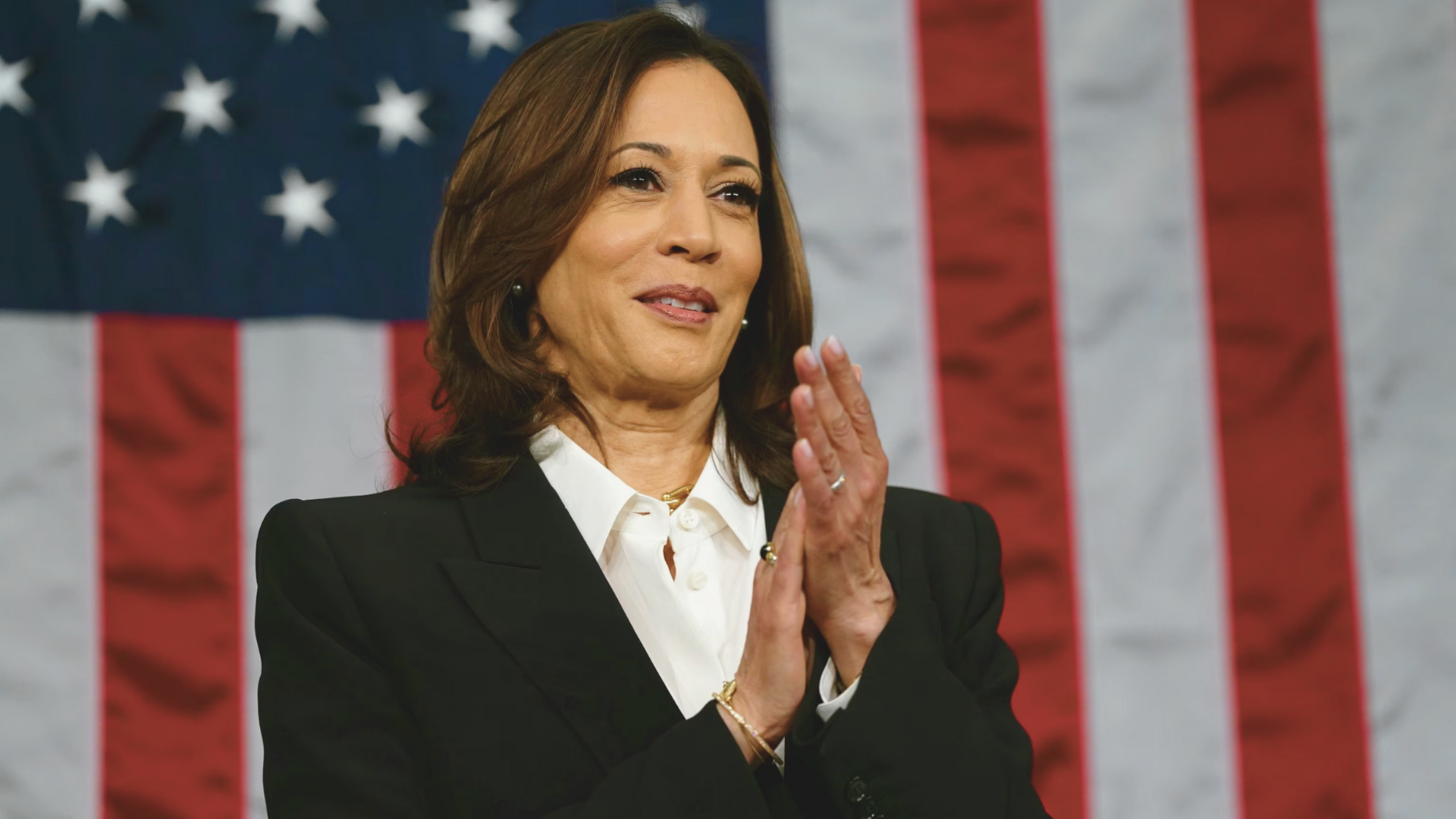
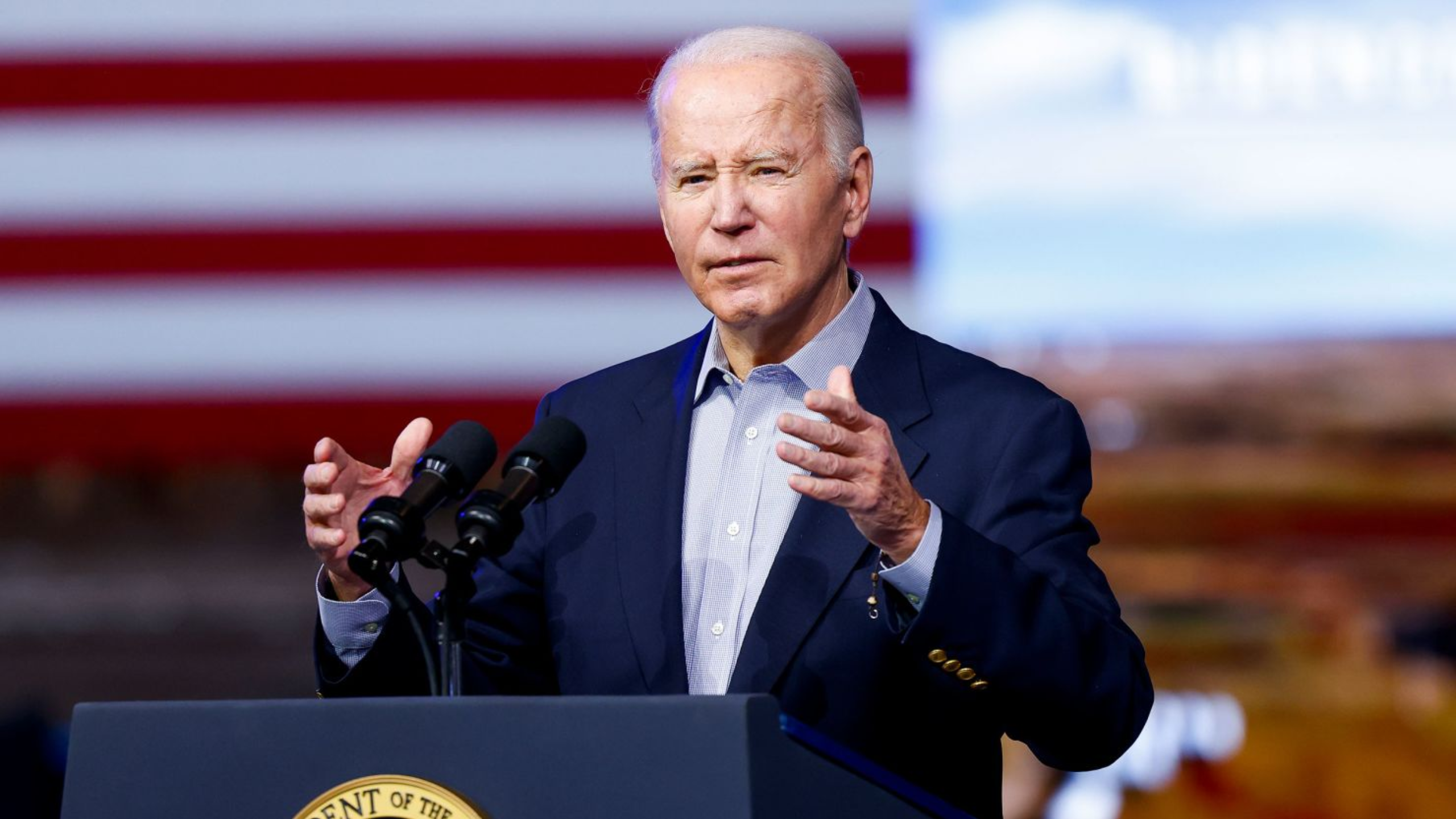


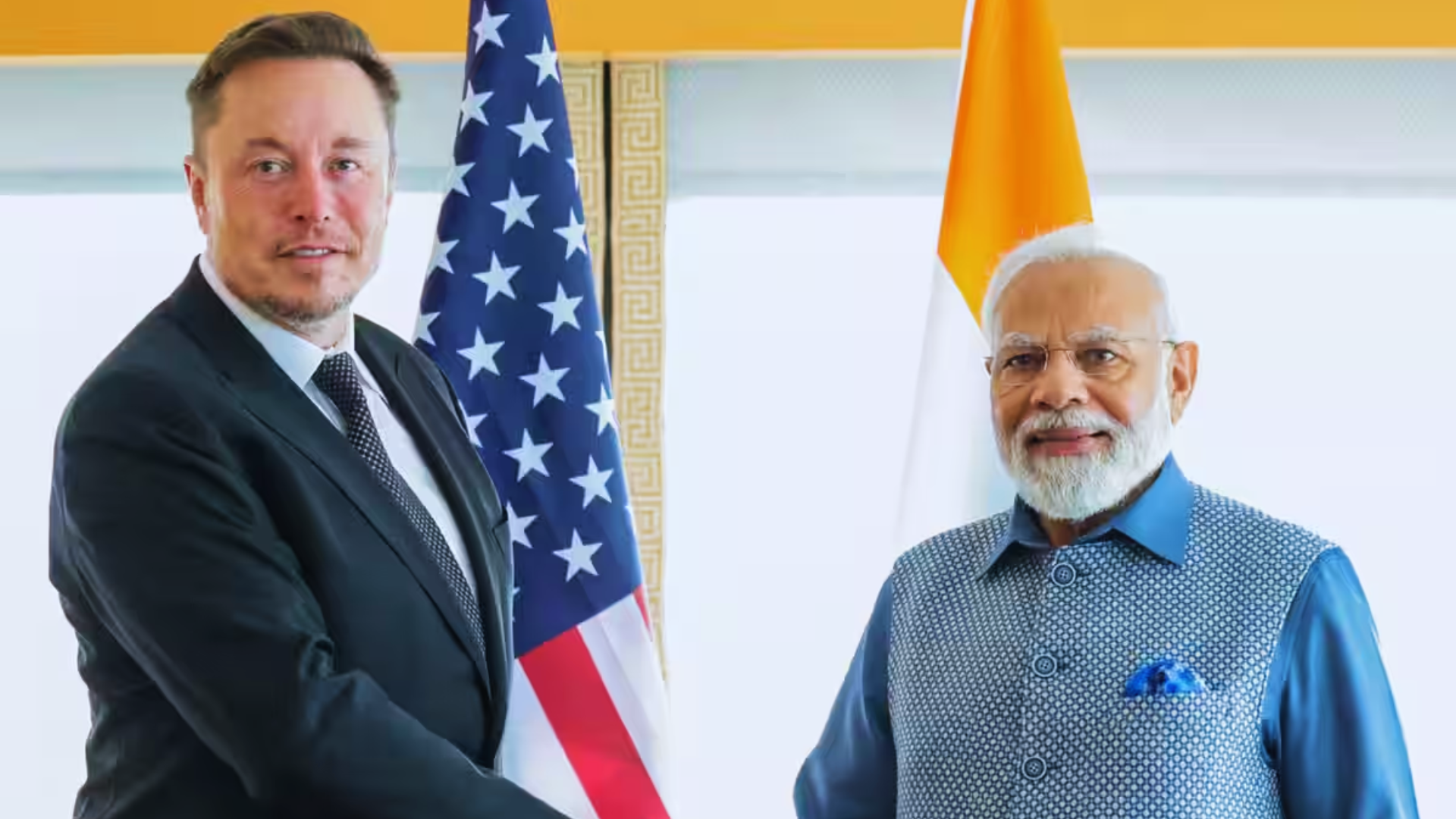
Confirming speculations about an upcoming trip to India, Tesla CEO Elon Musk took to X to express his anticipation for a meeting with Prime Minister Narendra Modi in the country. Musk shared his excitement with a post on the microblogging platform X, owned by him, on Wednesday, April 10. While Musk didn’t disclose specifics about the timing of the visit, a leading news agency had earlier reported his plans to visit India later in the month. It was anticipated that during this visit, Musk would unveil plans for investment in India and the establishment of a new factory.
Last year in June, Musk, also the founder of SpaceX, met PM Modi in the US and expressed admiration for him. Musk had expressed confidence in Tesla’s presence in India, vowing to make it happen at the earliest. This announcement of Musk’s visit follows India’s recent unveiling of a new electric vehicle policy, aimed at enticing investments from renowned global manufacturers by significantly reducing taxes on the import of certain EVs.
Looking forward to meeting with Prime Minister @NarendraModi in India!
— Elon Musk (@elonmusk) April 10, 2024
As per the policy, companies setting up manufacturing units for electric passenger cars would be permitted to import a limited number of vehicles at a reduced customs or import duty rate of 15 percent, provided the vehicles are priced at a minimum of $35,000 (approximately ₹ 29 lakh), for a period of five years. The policy mandates EV manufacturers to invest a minimum of ₹ 4,150 crore ($500 million) and allows a three-year window to establish manufacturing facilities in India.
A key requirement is achieving 50% domestic value addition within five years, with the clause stating that 25% must be attained by the third year. Earlier reports suggested that Tesla officials would visit India in April to scout locations for a manufacturing plant, which would necessitate an investment of around $2 billion.




